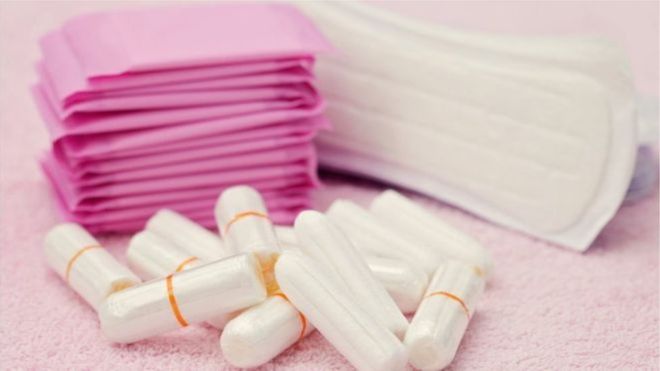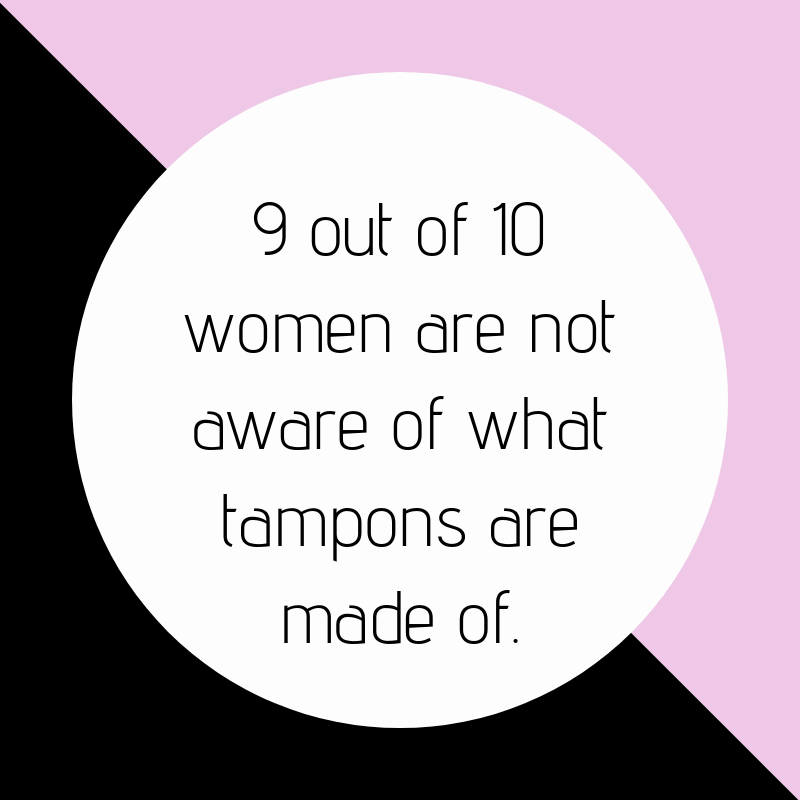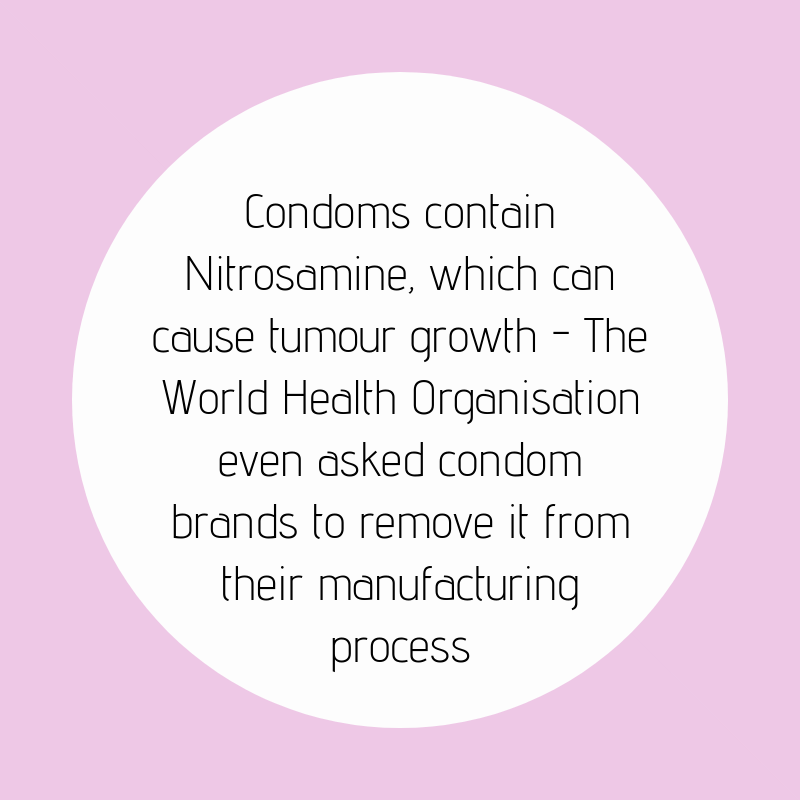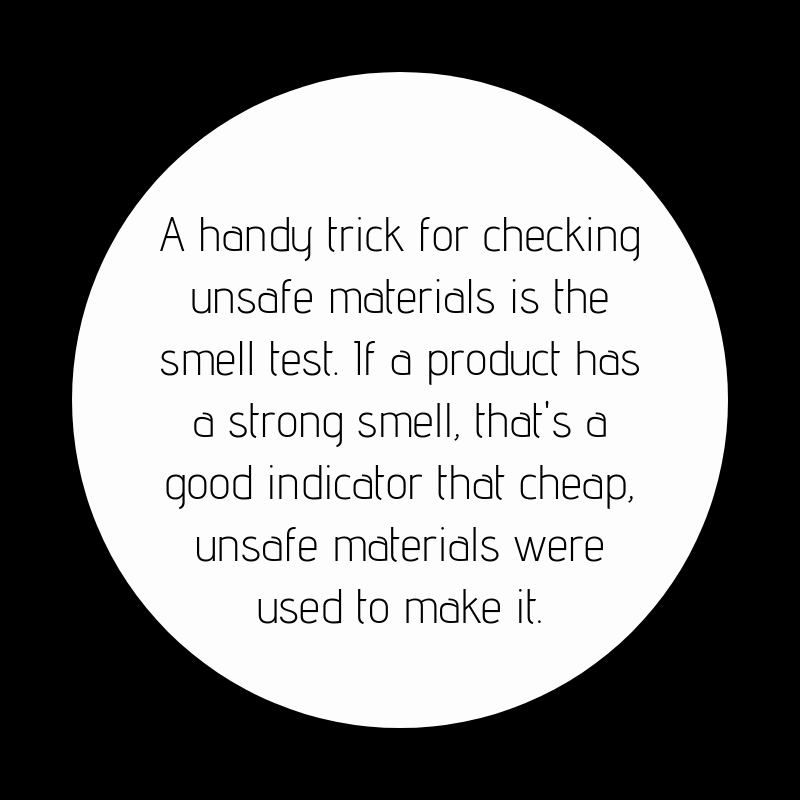
Over a period of two years (no pun intended), I’ve been researching female intimate products. What I’ve found is disturbing. Sanitary & hygiene products, condoms AND cheap sex toys are so unregulated that they are physically damaging women’s bodies, which can lead to infertility and cancer.
It also begs the question: why is this information not readily available, and why don’t we know what’s going into our bodies?
Let’s rewind and go back in time a little bit, and get some context. Women’s reproductive health and their bodies have been overlooked for centuries.
Humans had a man on the moon before we fully understood the true size of the female clitoris (yes, seriously!).

We have a mass-produced market for female hormone contraception to stop pregnancy, which is fantastic, but carries a huge array of side effects – and yet the only male alternative is condoms.
The pharmaceutical industry had been slow to get behind the idea of a new male contraceptive. Doctors at the Endocrine Society’s annual meeting were told it could still take a decade to bring it to market.
Some say there has been less societal and commercial will to get a male pill off the ground (after all, why change when women can just continue what they’ve been doing for years…) but opinion polls suggest many men would consider taking it if a pill did become available.
There have also been scientists looking into longer-acting birth control hormones in a jab given every other month. But they stopped enrolling men to their phase-two study, looking at the safety and effectiveness of the injection, after some of the volunteers reported side-effects, including mood disorders or depression. These side effects many of us know far too well from taking female contraception.
[Read: The Pill: It’s Just Not Meant For Some Women]Pink Tax: We have and currently pay tax for sanitary products, which are classed as non-essential ‘luxury’ items in the UK, for a naturally occurring cycle. Thankfully the tax will be dropped when the transition period for Britain leaving the EU ends on 31 December, but this is a bit late in the game – it should never have been the case.
Talcum powder is carcinogenic. In July 2018, a Moussouri court found in favour of 22 women who claimed their ovarian cancer had been caused by their use of Johnson & Johnson baby talc, because it contained asbestos.
Endometriosis and Vaginismus have been batted away as “hysterical woman problems” for centuries and can take on average 6 years to diagnose.
Not to mention women have always been viewed as a source of pleasure for men, but can women enjoy sex and pleasure too? Well, that’s a taboo! A woman who enjoys sex! Easy! A Slut! A Whore!
You get the picture. The hypocrisy is real. I’m pretty angry about it.
[Read: The E Word | My Endometriosis Story]But we’re in a new world now, right? Things have changed?
Well, unfortunately, no, not really. There are some surprising things which most of us simply don’t know.

Sanitary products, condoms AND some sex toys are so unregulated that they are genuinely, irreversibly damaging women’s bodies.
As a dating & women’s health blogger, I’ve been asked to review many products over the years. From Sex Toys to Condoms, you name it, I’ve seen it. I’ve also been to many a panel talk about female health: events which I absolutely love going to, as I invariably come out with bucketloads of new information which has often blown. my. mind.
It started when I first looked into sex toys: often what came up was the plastics which the cheaper toys were made of, and I started getting more clued up about it.
Our vaginas are one of the most absorbent and sensitive parts of our body. It has a very delicate pH balance.
So what the f*ck are we putting in our bodies?

SANITARY & HYGIENE PRODUCTS
It was when I learnt more about sex toys, that I decided to explore a bit more. It was only really when I found TOTM Organic, a fantastic British Sanitary Product brand where I came across the truth:
Mainstream sanitary product brands are not required to list product ingredients. Yes, that includes Always, Bodyform and Tampax.
In 2017, TOTM surveyed a group of 2000 women (aged 18-40) which revealed 9 out of 10 women are not aware of what tampons are made of.
Let’s break it down: TOTM reveal that conventional tampons and pads have been found to contain non-organic cotton, chlorine bleach, dyes, perfumes, deodorants, and rayon. Non-organic cotton is farmed using toxic pesticides and insecticides (in fact, it’s the most heavily sprayed crop on the planet).
Conventional pads have been found to contain around 90% plastic. When heavily used in period care, plastics can trap heat and bacteria which can lead to infection.
Then we come to female hygiene products. From talcum powder to wipes and washes, this industry has thrived on not only selling harmful products, but doing so by perpetuating and playing on women’s fears about being dirty or smelly “down there”.
FACT: The vagina cleans itself and doesn’t need any internal cleaning, even during your period. To ensure cleanliness, the vulva needs nothing fancier than water, mild soap and a gentle pat dry (do not rub).
A 2019 study by The Eve Appeal found that the ‘good’ bacteria in your vagina may help to prevent ovarian cancer. Our natural pH not only keeps our vagina in a healthy state, and thrush at bay, but it prevents “bad” bacteria, that we definitely do not want, from travelling further up our gynaecological tract to our womb and ovaries.
So if we douche and wash and use intimate spray, we are removing the good protective bacteria, which can lead to infection such as Pelvic Inflammatory Disease, infertility, premature labour and longer term, cancer.
[Read: I Tried WUKA Period Pants | Review]
CONDOMS
Why aren’t conventional like Durex and Pasante condoms great? Well, they contain some pretty awful ingredients…
Nitrosamine, which can cause tumour growth – Though research hasn’t indicated it can cause cancer, Nitrosamine can trigger tumour growth. The use of Nitrosamine has even attracted the attention of the World Health Organisation who asked condom brands to consider removing it from their manufacturing process, as it’s an unnecessary ingredient.
Glycerin, which can trigger yeast infections – Glycerin is a very popular lubricant added to condoms, that when left in the vagina can transform into sugar, which feeds yeast. Uuugh yeast infections aka. thrush are the absolute worst – it seems completely ridiculous to put something into our vaginas that’s going to increase our chances of having one of these painful infections. The worst part is, legally condom brands don’t have to put this on the packaging.
[Read: Hanx: Condoms For Men, Made For Women]Spermicides, which can increase your risk of catching an STI – Nonoxynol is the most common spermicide, which is designed to kill the little swimmers. Unfortunately, Nonoxynol also damages healthy cells along the vaginal wall making you more susceptible to an STI in the future. Oh and an added bonus, you’re also more likely to get a UTI. Yeah, ya heard it here first, spermicides suck.
[Read: Research Reveals 58% Of UK Adults Have Never Had A STI Test]
Benzocaine, a local anaesthetic which can mess with your hormones – Benzocaine is added to condoms to make men last longer as it minimises sensitivity. It is also an endocrine disruptor, which means it messes with the hormone messaging system that regulates some bodily functions like sleep and your sex drive. Unfortunately, the more you’re exposed to it, the greater the impact on your hormones.
Casein, a milk protein which isn’t suitable for vegans or people with dairy allergies. – If you’re vegan or trying to live a cruelty-free lifestyle, then most condoms aren’t aligned with your values. Even if you want to minimise the animal products you’re consuming/using, conventional condoms are a good place to start. Whilst none of these ingredients pose an immediate danger to your health, many of them cause problems over a longer period of time and are something to be wary of.
What’s a safe alternative?
Hanx condoms are a favourite of mine, as they are body-safe and designed for women. They are ultra-thin, lubricated, clean scented, biodegradable, clinically proven and 100% Vegan natural Fair Rubber condoms with no icky ingredients.
The company was founded by BFFs Farah Kabir and Dr Sarah Welsh (a gynaecological doctor) way back in 2017. Inspired by a conversation they had about their experience of the condom and lubricant aisle, the standard product offering you’d see on the shelves wasn’t something they felt positively about (actually, we were embarrassed to be seen buying them, tbh) – too garish, stereotypically ‘masculine’, penis-centric messaging. They realised that no brands were speaking to women.
SEX TOYS
Many toys are not body safe. There is currently no regulation or legislation which monitors the safety standards of sex toys.
Some toys are made with chemicals that are not safe for the human body. These chemicals can cause itching, burning, rashes, and tissue damage.
The most commonly used chemical in sex toys is phthalates. Phthalates are chemicals that aid in binding things together and make plastic more flexible. Phthalates are usually found in the rubber of cheap sex toys.
In the past two decades, phthalates have become the subject of a major public health concern. The exposure to phthalates has been linked to male fertility issues, breast cancer, obesity, type 2 diabetes, asthma, neurodevelopmental issues, behavior issues, autism spectrum disorders, and ADHD.
Other chemicals to look out for include timethytin chloride, phenol, carbon disulfide, toluene, and admium. These chemicals may affect the fetus of a woman who is pregnant or breastfeeding. They also have harmful effects on the central nervous system.
PVC and vinyl: These are both cheap materials that contain phthalates. They are commonly used in sex toys to make them soft and more affordable. “For novelty use only” is another thing to avoid.

Unfortunately, it is common for sex toy packages to read “phthalate-free” yet still contain hazardous materials. It’s important to read about all the ingredients listed on the packaging to ensure safety.
A handy trick for checking unsafe materials is the smell test. If a product has a strong smell, that’s a good indicator that cheap, unsafe materials were used to make it.
So what pleasure toys are safe?
Silicone, Stainless Steel and Borosilicate glass are all safe options. Silicone is commonly used to make sex toys more bendy and realistic. It is more expensive than materials made with dangerous chemicals because it is more durable. Stainless steel: This sexy material is not only nice to look at but easy to clean since it isn’t porous. Just stick it in the dishwasher, in some bleach, or in boiling water. Borosilicate glass: This material is perfect for sex toys because it is neither porous nor toxic, and it doesn’t change form in high temperatures. To clean, just stick it in the dishwasher next to your stainless-steel sex toy.
Overall
This post isn’t designed to scare you, but I’m always surprised with how many people don’t know any of this.
It’s so important that we have agency over our bodies and know what we’re putting in them.
It takes only a couple of seconds to read the label of products (even if we’ve used them for years!) and there are alternatives out there.
Be safe and please please please tell your friends, send this to them or just tell them! Let’s get talking about these things and hopefully we can help each other.
In the meantime, I’m working with some great companies to campaign against the use of these ingredients, and will always promote body safe products.
This post was not sponsored or in collaboration with any brand, all opinions and recommendations are purely my own.



